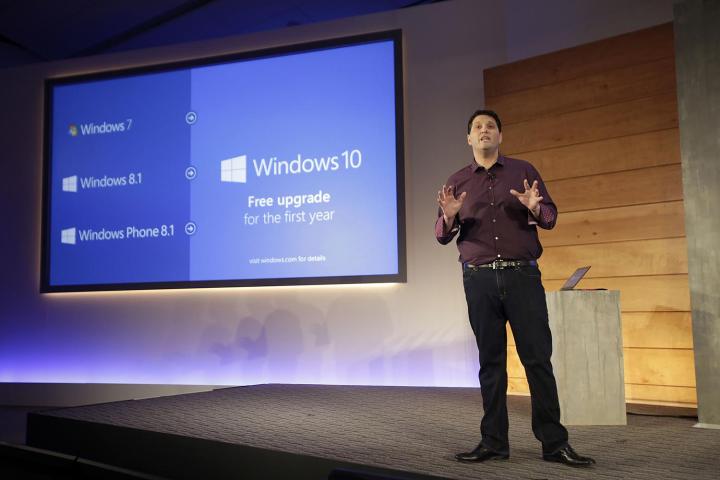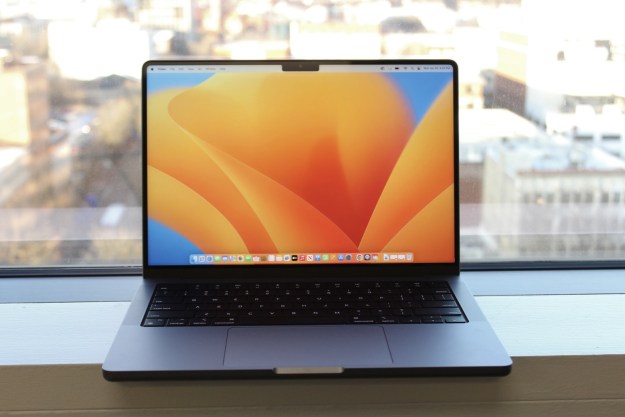
An update to one of Apple’s support documents contained the announcement that Boot Camp will now be able to install the 64-bit version of Windows 10 on a range of Mac computers, according to a report from 9to5Mac. The list of supported devices is as follows:
- MacBook Air from mid-2012
- MacBook Pro from mid-2012
- MacBook Pro with Retina display from mid-2012
- iMac from late 2012
- Mac Mini from late 2012
- Mac Pro late 2013
- 12-inch MacBook
Boot Camp is Apple’s proprietary multi-boot utility, first included with OS X in 2006. The tool is intended to give Mac users the option of creating a system partition that can run an alternative operating system, while still retaining OS X as the primary OS.
It’s perhaps worth noting that this represents a much quicker turnaround than normal for Boot Camp to support installation of the latest iteration of Windows. It took three to five months for similar updates to be released following the launch of Windows 7, Windows 8, and Windows 8.1.
Obviously, there’s been a huge buzz around the release of Windows 10, and Microsoft has left no stone unturned in its attempts to publicize the launch. It’s a smart move for Apple to make haste in allowing users the ability to test out the new OS for themselves, while still keeping them entrenched in the Mac ecosystem.
The Boot Camp upgrade is reportedly rolling out now for users running Yosemite, although it might take a manual update check in the App Store. More help with installation is available on the Apple website.
Editors' Recommendations
- Scores of people are downgrading back to Windows 10
- Windows 11 vs. Windows 10: finally time to upgrade?
- Apple just announced the dates for WWDC 2024
- The 6 best ways Macs work with your other Apple devices
- How to choose between a MacBook and a Windows laptop


